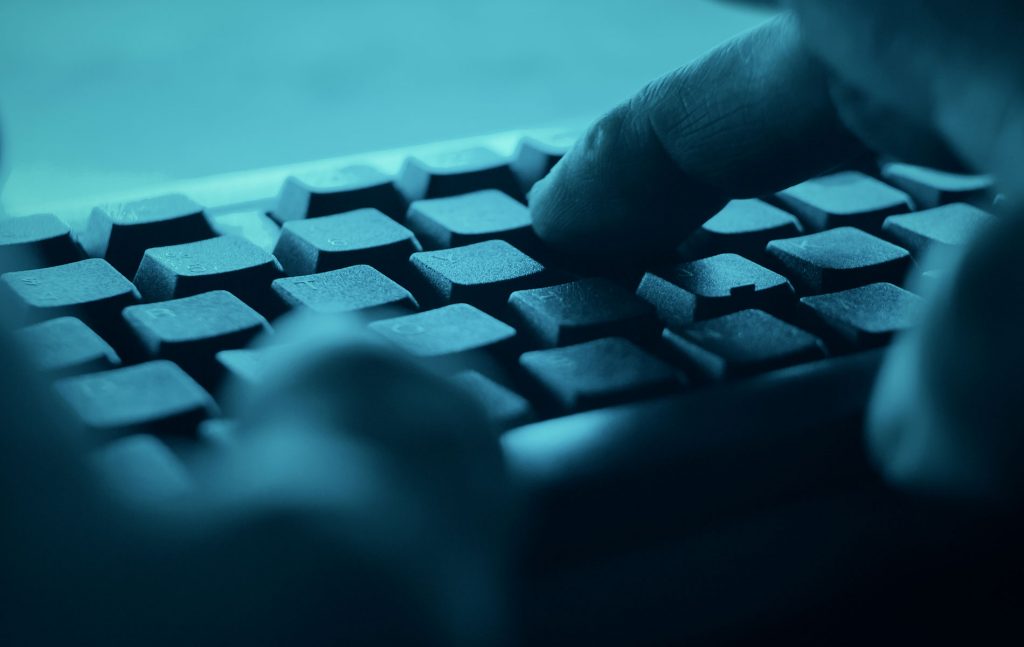Effectively combating fraud while staying user-friendly
As an industry, financial services is seeing unprecedented threats from cyber and technology risks. As institutions work tirelessly to stay ahead of criminal activities, hackers continue to up the ante and advance their techniques.
In this article, we discuss the threat landscape and how it has evolved, alongside authentication methods and ways in which the industry continues to fight back.
More than ever, highly technical terms not often seen in general conversation are becoming part of day to day discussions. The general consumer population is increasingly familiar with terms such as two-factor authentication (2FA), as well as the benefits of increased security and techniques adopted by financial institutions. Less familiar is the work banks are undertaking to continue to maintain security for consumers, internally and across supply chains.
We review some present threats and how institutions can begin to combat them:
Threat landscape
When considering security threats, there is a lot at stake, including company reputation, company trust, data, money, access to online services, and even business. The last few years have seen a number of high-profile breaches and resulting data leakages, including that suffered by Garmin. As outlined by Comarch at CeFPro’s recent Fraud & Financial Crime event, Garmin was a victim of a ransomware virus known as Wasted Locker, which encrypted files on their corporate network. Soon after the company’s website, mobile app, and call centers were taken offline, a $10 million ransomware demand was made.
The losses incurred as a result of the attack go far beyond the ransom paid – loss of data can result in unquantifiable reputational fallout and the risk of fines. Just some of the GDPR fines issued over the last two years include: British Airways, fined £183m in 2019 for “poor security arrangements”; Marriott International, fined £99 million in 2019; and Equifax, fined £500,000 in 2018.
In light of these incidents, it is important to consider how you or your company would respond to such an attack. Do you have the right protocols and security in place to get ahead of the risk?
“A lot of companies, small and large, are losing data including log-ins and passwords. Anyone with a basic knowledge can download huge databases with credentials from hacked websites.”
Michał Olawski, cybersecurity department manager, Comarch
The current scenario regarding the global pandemic has resulted in huge sections of the workforce operating remotely, opening up a whole host of opportunities for hackers and fraudsters.
The use of passwords
Traditionally, static passwords were the most common form of security measure but increasingly, they are becoming the least effective and highest risk (excluding one-time passcodes). Passwords are so engrained into security protocols and processes with both institutions and consumers that, despite the risks, they remain popular.
However, institutions must consider additional security steps to protect themselves, their business, their reputation, and their customers’ data.
During our presentation, we displayed an eye-opening price list of hacker services available on the dark web, as well as available malware building options. With the increase in the use of mobile banking, comes an increase in malware attacks. Comarch therefore recommends integrating security to include measures such as anti-tampering mechanisms, malware detection, device reputation, second factor-based dedicated communication channels, and more.
“Today’s single-factor authentication solutions are weak and deprecated. The loss of passwords or credential leaks exposes the user to the risk of access by unauthorised sources and services.”
Paweł Bułat, cybersecurity department manager, Comarch
Multi-factor authentication
Modern, two-factor authentication solutions provide a far wider range of mechanisms to improve security and confidentiality of integrated solutions. The current scenario regarding the global pandemic has resulted in huge sections of the workforce operating remotely, opening up a whole host of opportunities for hackers and fraudsters. Unlike the aforementioned malware attack in which a monetary ransom was demanded, the most common threat is stolen credentials. Easily accessible online, this increases the risk of credential stuffing attacks.
The main method underpinning all of the above is 2FA, which can either be used at the onset or on an adaptive basis (being required only when changes are highlighted). For example, once the above approaches identify any changes or a cause for concern, they would require re-authentication to combat a potential breach.
“A way to efficiently introduce 2FA is through tokens, but it’s very important to do it in such a way as not to compromise the user experience. This is something that Comarch is very interested in. In recent years, we have been looking at ways to enable security for the end-user without compromising their experience, seeking the perfect balance between security and usability of an IT system.”
Adrian Korczyński, director, cybersecurity business unit, Comarch (view the full virtual interview with Adrian here)
Cybersecurity is a vital component in any institution’s security considerations, especially with the increased risks found in a COVID-19 work environment. Companies like Comarch continue to develop innovative solutions to help institutions across different sectors protect themselves, their staff, and their consumers. Using tokens developed by Comarch with technology to monitor user interaction, institutions are more protected against threats to internal and external systems.
For more information, visit the Comarch website here.












































